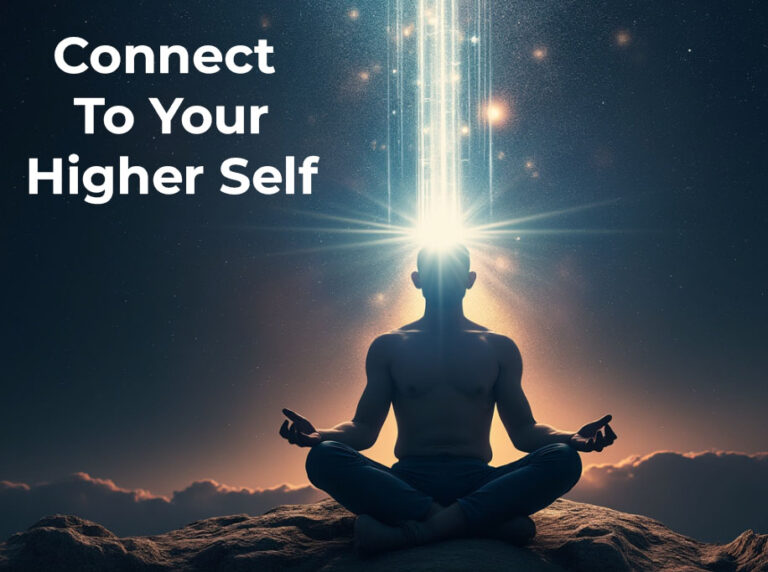Body Scan Meditation: A Transformative Path To Inner Peace And Awareness
Expand Your Consciousness
The funny thing is, for some reason, so many people have this weird perspective on meditation that I don’t see anywhere else in society. We can call it Buddha-Brain Beginner’s Bluff, or the Meditators Delusion or the Zen Master syndrome. Basically, people expect to have razor sharp, Buddha like focus on their first meditation session! Not sure where this perspective came from but it is there. From my travels all around the world, whether it’s New Zealand, Italy, the USA or the UK, this perspective is shared by millions.
I have come across this so much I have created a myriad of analogies that highlight the stupidity of this. Imagine going to a beautiful grand piano, having never played before in your life. You sit down, smash the keys for 10 minutes and it’s a mess. You then stand up and because you didn’t just create a piece enviable my Mozart you conclude playing the piano isn’t for you and you give up. Or maybe you decide to give swimming a go having never swam before in your life. You jump right into the deep end, flap around a bit, nearly drown, manage to get back out of the water and confidently claim – Swimming aint for me!
Hopefully you are starting to see where I am going with this. Meditation has a massive learning curve in the beginning. NOBODY has Buddha like focus from their first session. (Ok there was this one Dutch guy who I taught meditation once in New Zealand who seemed to crack it pretty well first time, not sure what his secret was, maybe he mediated a lot in a past life). I was exactly the same. It took so much effort for me to be able to even hold focus for like 2 seconds. That’s the thing. It requires EFFORT to learn meditation, something that scares a lot of people who just want everything to be feel good fluffy nonsense and anything that is hard or uncomfortable is avoided like a normie avoids using their brain.
You’re not here for that though, you’re here for Spirituality, Without The Bullshit, so I won’t sugar coat it for you just to appease your ego in the hopes that my writings will appeal to more people. Na, that ain’t my style, it ain’t how I live my life and you are probably the same too. You want the real deal, even if it is hard. Because ultimately, even if it’s hard and requires effort, the rewards are bountiful in the end. This is why I write for the small section of the population I call the spiritual elite. That’s you my friend. We’re going to be the ones to lead humanity out of the darkness and meditation is one of our tools for doing just that. Alright, let’s get into it.
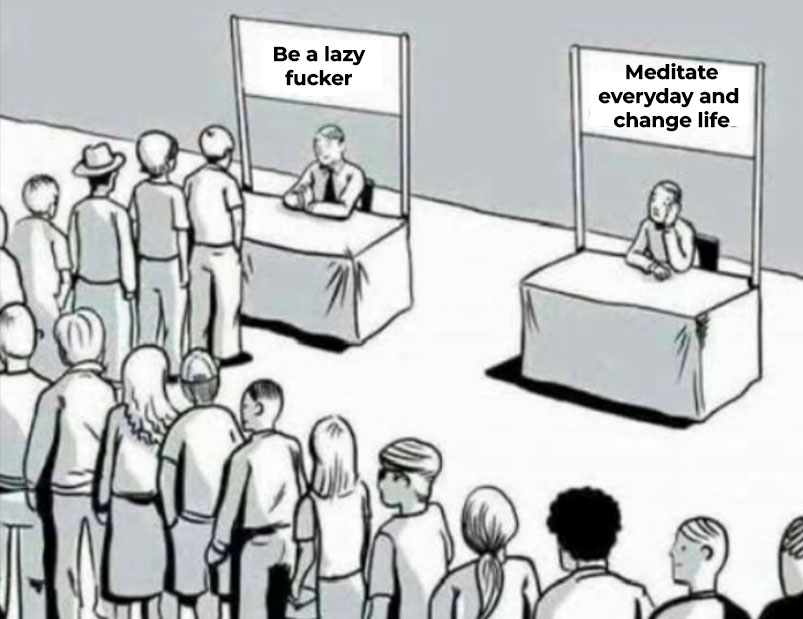
What Is Body Scan Meditation?
When you get good you will be able to hold your focus on one particular area of the body and not loose focus. It’s easier to just keep moving the awareness through the body rather than staying put and holding focus on one section. What’s really awesome though is that if you crack it and maintain focus on a particular part of the body you might just clear whatever tension, trauma or emotion was stuck in this part of the body. You may experience pain or an emotional release. This isn’t a bad thing even if in the moment it doesn’t feel great and is quite similar to the Qi Reactions phenomenon in Zhi Neng Qi Gong. and aligns with the general rule of thumb of Spirituality and that’s short term pain for long term gain.
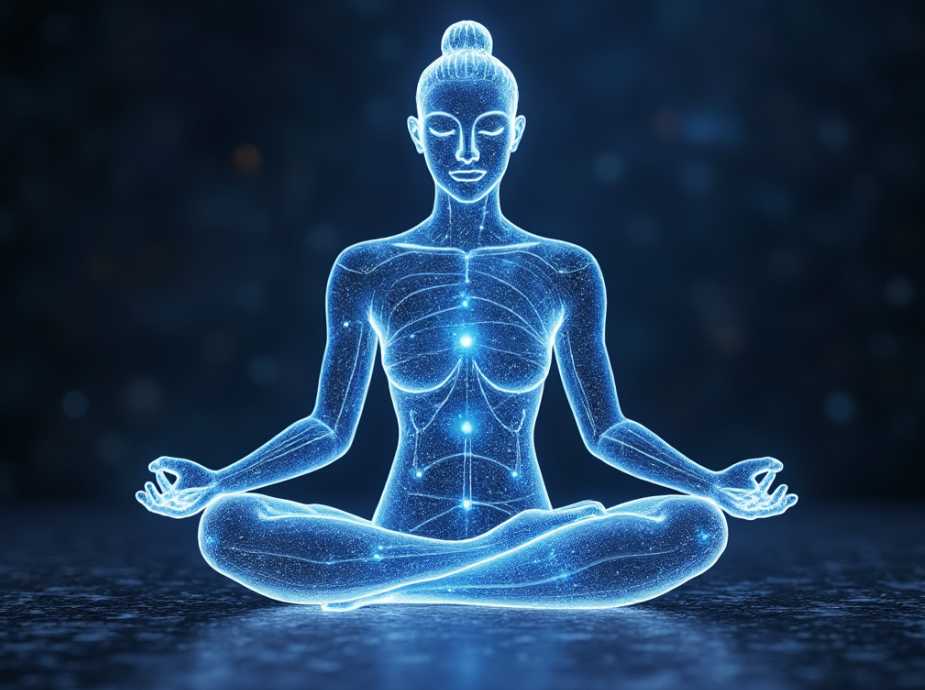
How Does Body Scan Meditation Effect The Brain?
Body scan meditation positively impacts the brain through mechanisms of neuroplasticity, creating both structural and functional changes. Loads of studies have been done to reinforce this and these studies reveal that meditation can increase grey matter density in the hippocampus, which supports learning and memory, and decrease volume in the amygdala, reducing stress and fear responses. Furthermore, it enhances connectivity in brain regions like the PCC, involved in self-referential thinking and emotional regulation. These changes suggest that body scan meditation not only reshapes the brain’s architecture but also improves emotional and attentional control, contributing to overall mental health by promoting a mindful awareness of bodily sensations.
This is also where it’s important to bring up the point of consistency. Daily practice is essential! Bringing it back to when I did my Vipassana Course, they reccomend 2 hours a day, forever. Now that’s quite a lot and perhaps depending on your goals that’s necessary. I would argue though for most people its a bit much. When I completed the course I did stick to this for a while… Then I brought it down to 1 hour then 20-30 minutes. I kept this daily practice up for a year at least. I still, today, reap the benefits of this consistent practice I dedicated too. Since then, my practice has gone through ebbs and flows, seasons and peaks. Now I am back into daily practice and some with my Zhi Neng Qi Gong. I would suggest that a good goal to aim for, for most people would be 20 minutes a day, everyday for a year. That’s enough time for the brain to be basically permanently altered in a positive way and allows for the development and raising of ones consciousness level. I’ve noticed that when you raise your consciousness by building on the solid foundations of a Body Scan meditation practice, it’s very hard, if not impossible, to lose it.
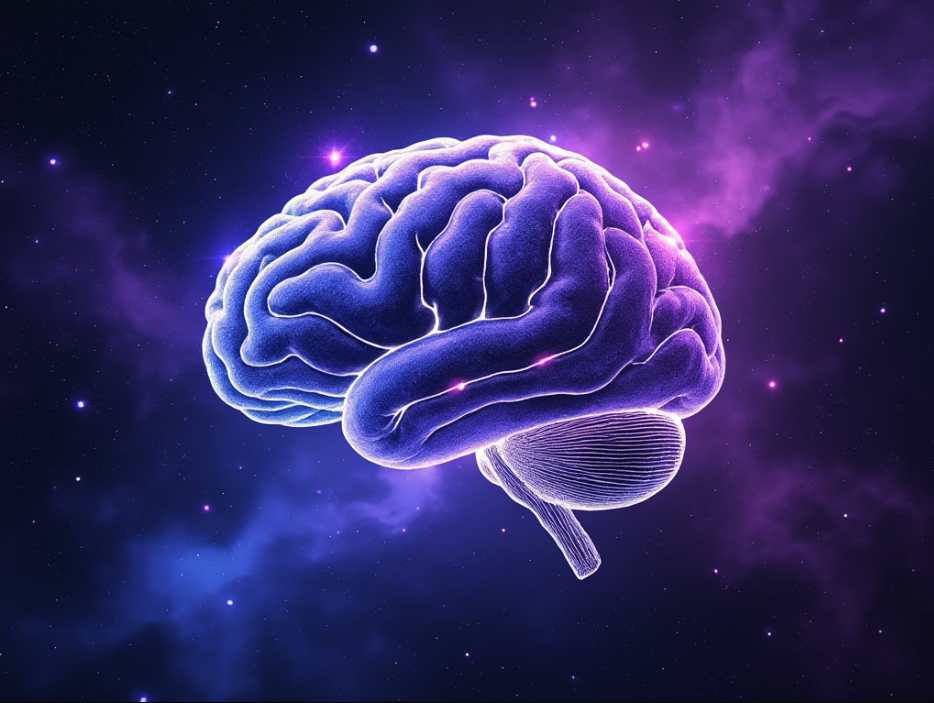
How Can You Use Body Scan Meditation To Clear Trauma?
I went deep into how Body/Mind practices can be used to clear trauma in this article but let’s touch on it briefly here. Body scan meditation can facilitate trauma healing by promoting a mindful awareness of bodily sensations, which helps in recognising and gradually releasing stored tensions and emotional blockages. This practice encourages a state of relaxation, reducing stress responses often linked with trauma. Through focused attention, individuals can reconnect with their bodies, allowing them to process and integrate traumatic memories at a safe pace. The Body Scan meditation technique aids in re-activating the body’s natural healing processes, enhancing emotional regulation, and providing a non-invasive method for individuals to confront and mitigate the physical manifestations of trauma.
A recent study published in the International Journal of Environmental Research and Public Health compared the effectiveness of Body Scan Meditation with techniques like Eye Movement Desensitisation and Reprocessing and Brainspotting for processing distressing memories. This research found that even a single session of body scan meditation was effective in reducing the discomfort associated with traumatic memories in healthy adults, comparable to the other psychotherapeutic techniques evaluated. The study highlights that body scan meditation can help reduce subjective distress by allowing individuals to observe their bodily sensations and emotions in a non-judgmental way, which is particularly useful for trauma processing source – MDPI.
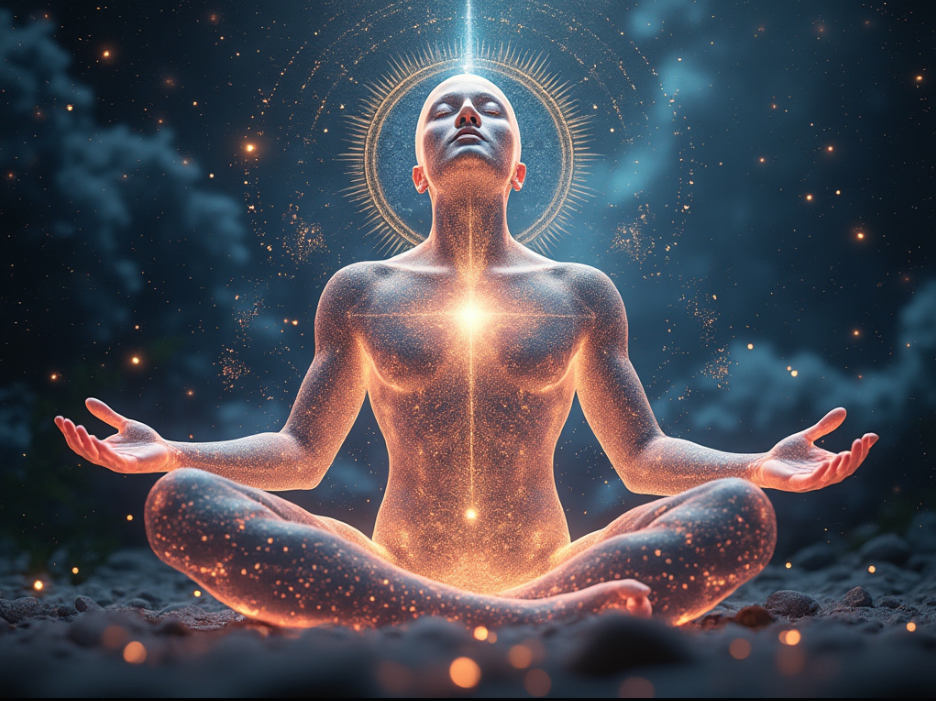
How Is Body Scan Meditation Different To A Walk In The Park?
Going back to our analogy earlier and picking up on how a lot of us are lazy fuckers, another common cop out is people that can’t be bothered to put in the leg work to develop a meditation practice will often say that walking in the park is there meditation. Now, don’t get me wrong, I am all for spending time in nature and walking in parks, beaches and so on. However, a walk in the park is not the same as a deep body scan meditation session. It ties into the common misconception that meditation is just about relaxation. It’s not. Some people may only be in the meditating game to destress after a hard days work or whatever, however, meditation is about developing our ability to focus, it’s about getting to know our thoughts, to develop awareness to clear the body and to raise our consciousness. This takes work and effort. Walking in the park is still an external experience. Your focus is on the outside, the mind is wandering wherever it wants to go. Body Scan Meditation is all about turning consciousness inward to focus on itself and to develop the ability to focus your awareness on one thing at a time, that thing being the body.
While walking in the park has its own undeniable benefits, it serves a different purpose compared to body scan meditation. A walk connects you to nature, offers physical exercise, and helps relieve stress by engaging your senses with the external environment. On the other hand, body scan meditation is an inward journey, focusing on the sensations within your body, enhancing awareness, and training your mind to concentrate on one thing at a time. This kind of focused attention is what deepens self-awareness and promotes emotional regulation. Each practice has value, but they address different layers of our well-being: one looks outward, while the other dives inward. So, one’s an intimate mind-body dialogue, the other an active communion with the world around you.

Body Scan Meditation Leads To Effective Contemplation

Contemplation is meditations big brother. People often mistake meditation as the end game/goal of spirituality, when in fact, it’s the start! Paul Brunton has some awesome insights into this and he frames meditation the same way. He positions contemplation above meditation in the spiritual practice hierarchy.
“Prayer is a help, but some method that not only goes still deeper into the human heart but helps to silence the ego is also needed. This can be found through the practice of contemplation.”
“What is so extraordinary about the practice is that whereas to meditate is correctly regarded as concentrated pondering and sustained musing–in other words, producing more associated thoughts from the first original one–it leads, at its most successful end, to losing the capacity to ponder or muse. At the point where meditation becomes contemplation, thinking paralyses itself and brings about its own temporary death!”
“The stages of deepening meditation may be progressively differentiated from each other thus: first, a general, feeble, and vague fixing of thoughts upon the aspiration or object; second, a general withdrawal of attention from external things on all sides; third, a definite but intermittent concentration of thoughts upon the aspiration or object; fourth, a continuous and unbroken concentration upon the same; fifth, the object dropped from focus but the concentrated mood still successfully maintained in pure self-contemplation.”
“In the third stage this theme pervades the mind so completely that the thinking activity ceases, the thoughts and fancies vanish. The meditator and his theme are then united; it is no longer separate from him. Both merge into a single consciousness. To shut off all perceptions of the outer world, all physical sense-activities of seeing hearing and touching, is the goal and end of the first stage. It is achieved when concentration on one subject or object is fully achieved. To shut off all movements of the inner world, all mental activities of thinking, reasoning, and imagining, is the goal and end of the second stage. It is achieved when the subject or object pervades awareness so completely that the meditator forgets himself and thus forgets even to think about it: he is it. To shut off all thoughts and things, even all sense of a separate personal existence, and rest in contemplation of the One Infinite Life-Power out of which he has emerged, is the goal and end of the third stage.”
“In meditation the mind is active with ideas and images. In contemplation it is passive and silent, resting in a blissful calm.”
“When meditation deepens into contemplation, the man penetrates the still centre of his being and there finds the best part of himself–the Overself.”
“The meditation may serve a useful or helpful or constructive purpose, but it will not serve its highest purpose unless it transforms itself into contemplation–that is to say, unless it transforms itself from an effort-making activity to an effortless experience by taking him out of himself. His own will cannot do it but divine Grace can.”


